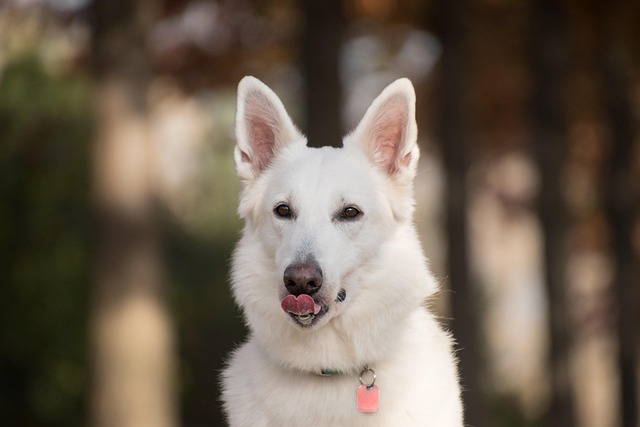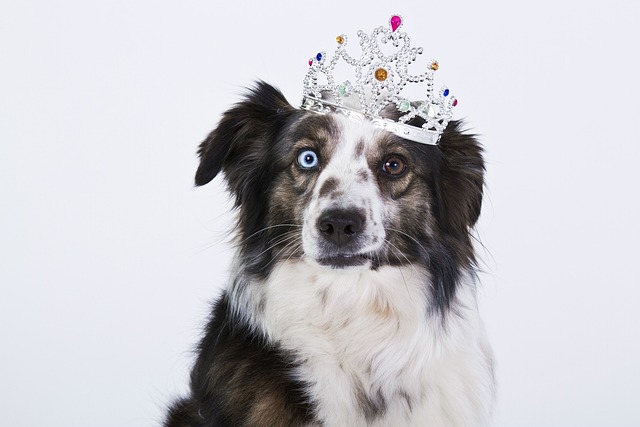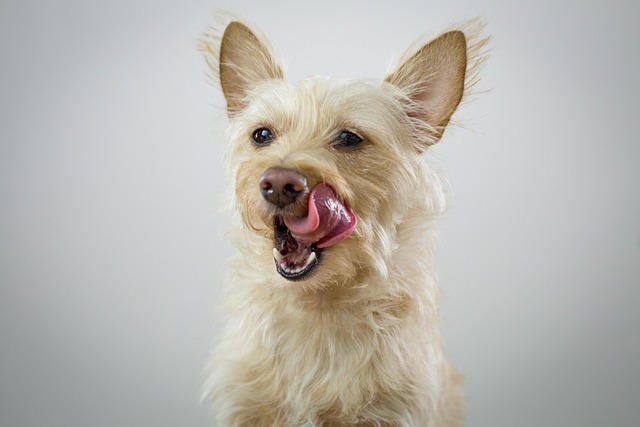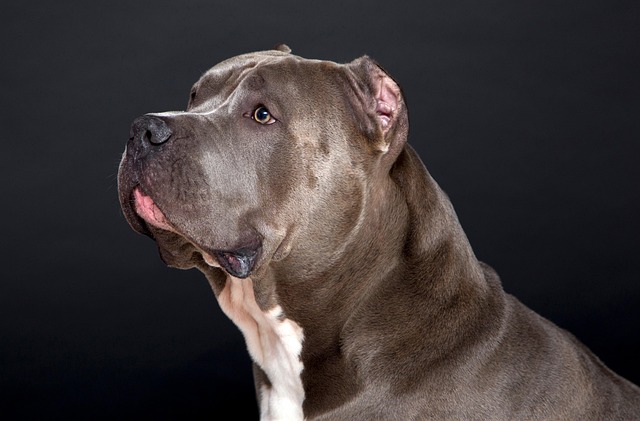
Are Irish setters easy to potty train?
When the Irish setter walks with an elegant pace, its reddish-brown hair shines in the sun, and its lively eyes are full of curiosity and enthusiasm, anyone will be attracted by this unique charm.
When we happily take our dog for a walk, hoping that it can interact friendly with other dogs and share happy moments, the dog suddenly attacks other dogs, showing its teeth and biting fiercely. This scene instantly breaks the beauty and makes us panic. The aggressive behavior of dogs towards other dogs is like a bomb that could explode at any time, threatening the safety of dogs. How can we stop dogs from engaging in aggressive behavior towards other dogs?
The key first step in effectively stopping aggressive behavior in dogs is to delve into the underlying reasons behind it. Dogs' aggressive behavior often stems from multiple factors. Territorial awareness is a common trigger, as dogs consider their own space as territory. When other dogs step in, they believe their territory has been violated, triggering their aggressive instincts. For example, near the doorstep of a house, a dog may feel that this area is its territory. Once a stranger dog approaches, it may immediately let out a low growl to warn the other person to leave. If the other person does not respond, it may launch an attack directly. We watched as the once gentle dog suddenly became aggressive, our hearts filled with confusion. We didn't understand why it suddenly became so irritable, but we didn't know that it was defending its territory.
Fear and anxiety are also important factors that trigger attacks. If a dog lacks sufficient socialization training during its puppy stage and has little contact with unfamiliar dogs and the environment, it is easy to protect itself by attacking other dogs due to nervousness and fear. For example, a dog that has been kept at home and rarely goes out to play with other dogs may choose to use aggressive behavior to deal with the unknown due to unfamiliarity and fear when encountering its own kind outside, in an attempt to dispel inner anxiety. We watched the dog's nervous and aggressive appearance when facing its peers, and felt sorry that it had lost many opportunities to play happily with its companions due to a lack of social interaction.
The competition for resources cannot be ignored either. Food, toys, and even the owner's attention can become objects of competition for dogs. When multiple dogs see a delicious bone at the same time or want to play with the same toy, they may fight fiercely to obtain these resources. In their cognition, only through struggle can they obtain what they want. And dogs are also extremely concerned about their owners' attention. When a dog feels neglected by its owner while another dog receives more care, it may develop hostility towards the favored dog, leading to aggressive behavior. We watch dogs fiercely compete for resources, feeling helpless and longing for them to learn how to share and coexist harmoniously.

When a dog engages in aggressive behavior towards other dogs, we must quickly take the correct measures to stop it. Firstly, it is important to remain calm and not panic or scream loudly, as this may exacerbate the dog's tension and make aggressive behavior more severe. You can try shouting 'no' with a firm and loud voice to catch the dog's attention and interrupt its aggressive behavior. At the same time, use a leash to gently pull the dog away from the attacked dog, but pay attention to the strength to avoid causing harm to the dog.
If the dog's aggressive behavior is intense and cannot be stopped by the above methods, some auxiliary tools can be used, such as spray water gun. When a dog is attacking, spraying a small amount of water at it may temporarily stop the attack and calm the dog down. However, when using the spray gun, make sure that the water will not cause harm to the dog, and do not spray directly on the dog's eyes and other sensitive parts.
After stopping the dog's aggressive behavior, it is important to comfort it promptly and help it calm down. Speak to it in a gentle tone, gently caress its body, and let it feel your care and security. At the same time, take the dog away from the scene that triggers the attack to avoid it being stimulated again.
Proper behavioral training is crucial to fundamentally curb aggressive behavior in dogs. Firstly, it is social training. When the dog's emotions are stable, take it to places with more dogs, such as parks, to gradually expose it to different dogs. At the beginning, choose a gentle and friendly dog to interact with, allowing it to gradually adapt to the feeling of interacting with other dogs. During this process, pay close attention to the dog's reaction. If it shows nervousness, fear, or aggressive tendencies, comfort it in a timely manner, such as speaking softly to it, gently stroking it, and letting it relax. When it can calmly interact with other dogs, give it rewards in a timely manner, such as praising it or giving it a small snack, to reinforce its correct behavior. Through multiple social training sessions, dogs will gradually learn to interact friendly with other dogs and reduce aggressive behavior.
Meeting the basic needs of dogs can also reduce aggressive behavior caused by resource competition. Ensure that each dog has enough food, water, and toys to avoid fighting over these resources. When feeding, feed separately to ensure that each dog can eat with peace of mind. For toys, prepare more so that dogs have their own favorite toys to play with. At the same time, give fair attention to each dog and don't let any dog feel neglected. Set aside a certain amount of time every day to interact with each dog individually, play with them, stroke them, and make them feel the love of their owner.
We need to have enough patience and perseverance in the process of stopping dogs from attacking other dogs. Changing a dog's behavior habits is not something that can be achieved overnight, and may require repeated training to see significant results. Every time a dog makes progress, even if it's just a little bit, it's worth celebrating and encouraging. When we see a dog attacking from the beginning of our encounter, and later being able to calmly interact with other dogs and even play together, we know that all the efforts made to stop its aggressive behavior are worth it.

When the Irish setter walks with an elegant pace, its reddish-brown hair shines in the sun, and its lively eyes are full of curiosity and enthusiasm, anyone will be attracted by this unique charm.

When the furry little life stumbles into our lives, the soft and sticky cry and wagging tail instantly melt the hearts of countless dog owners. However, behind this sweet companionship, puppy potty training is like a mountain in front of them.

In the steel jungle of the city, more and more people are eager to have a furry companion to add more warmth and companionship to their lives.

Training puppies to develop good house bowel habits is a process that every pet owner looks forward to and is full of challenges. This is not only about the cleanliness of the home environment,

Dog walking is supposed to be a pleasant time for people and dogs to enjoy each other's company, but when the dog drags the leash and rushes around, this beautiful moment is broken.

When a dog suddenly poops in a specific area of the house, it not only causes cleaning troubles but also makes the loving owner feel anxious and helpless.